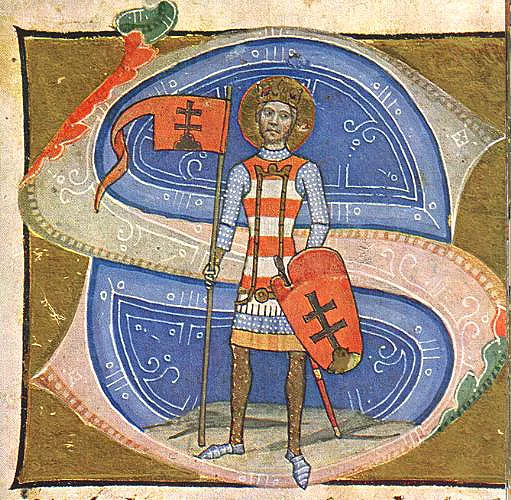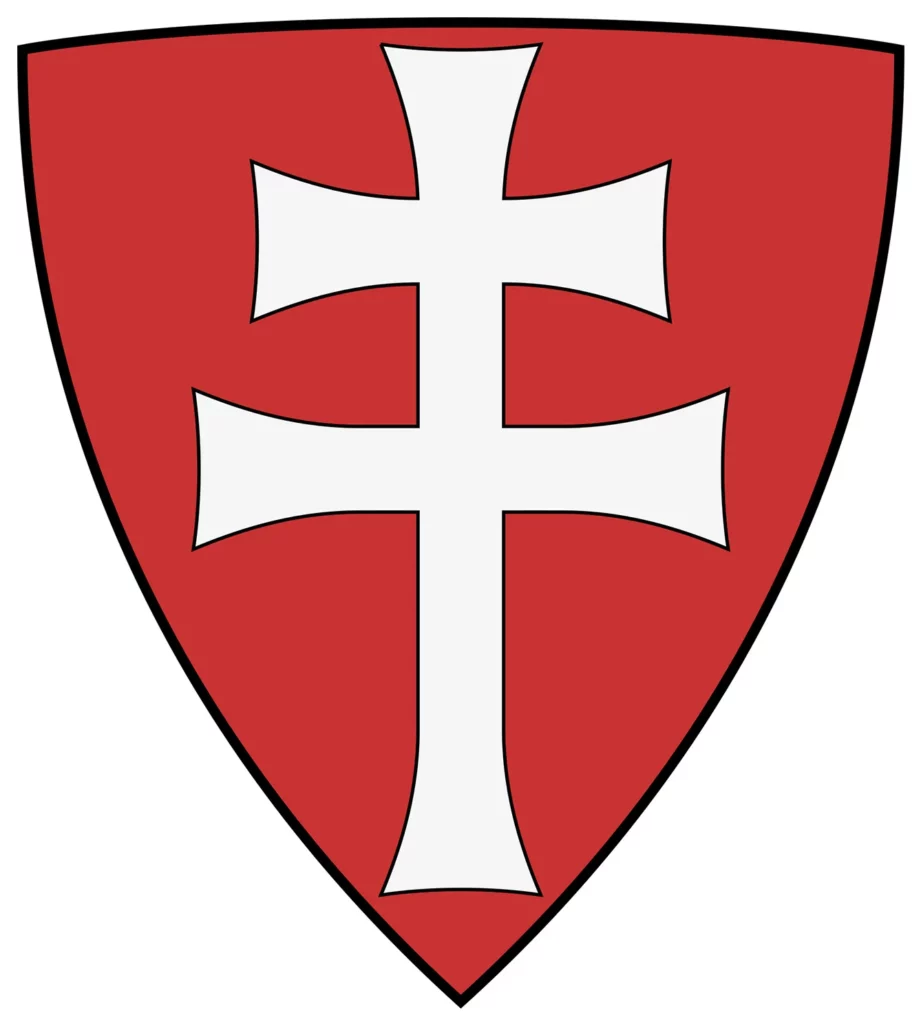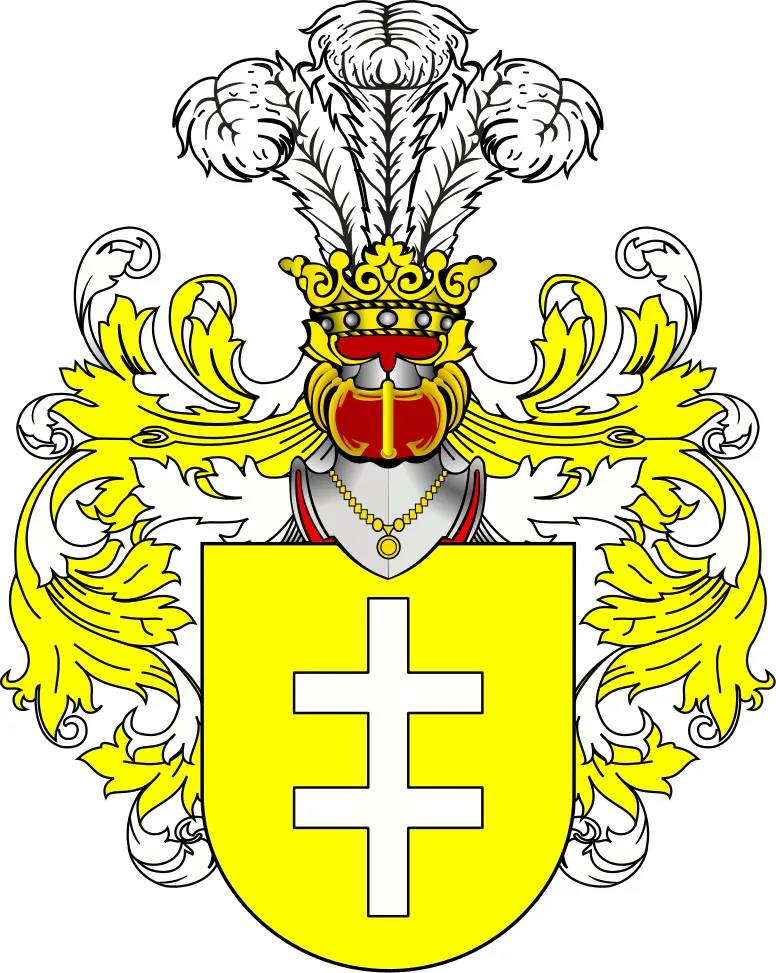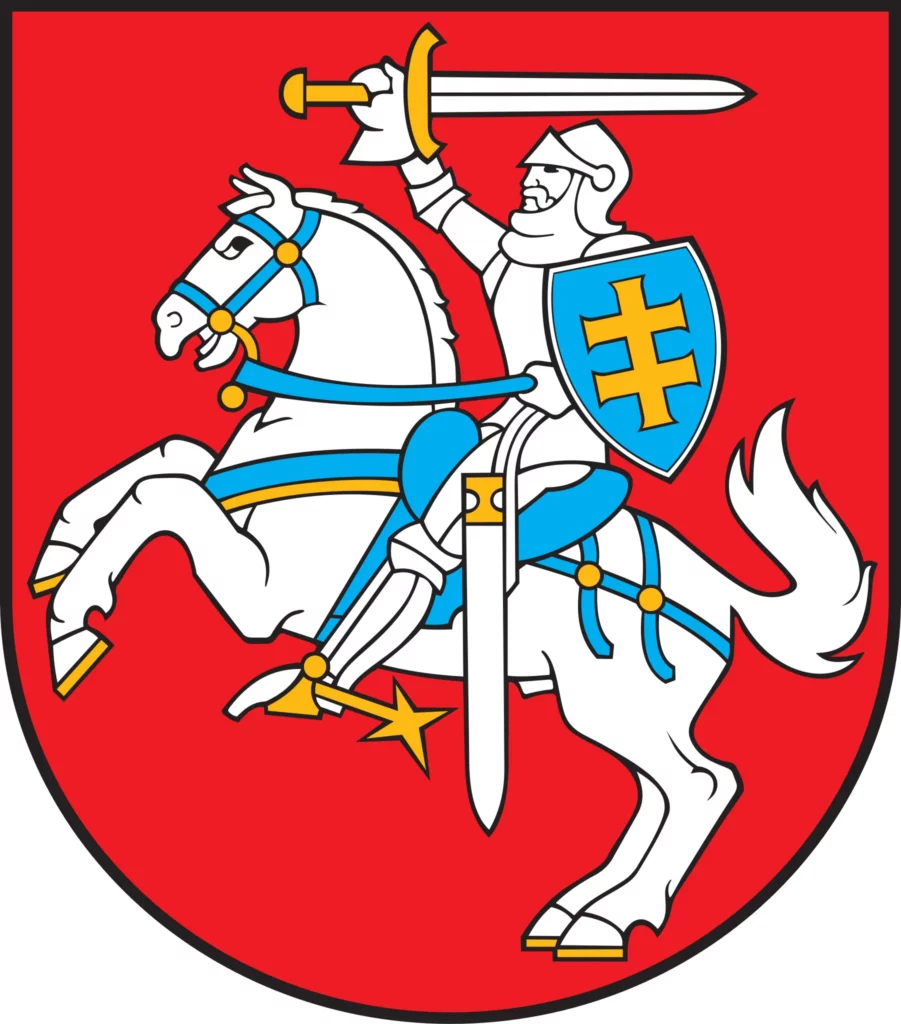More precisely – a common feature. The patriarchal cross – a symbol with a fascinating history that encapsulates the intertwined fates of realms passed and their contemporary children – countries united around the Three Seas Initiative. Where does it come from? What does it mean? Where can you find it?
Biblical origins of the patriarchal cross
The cross originates from the Latin Cross – the symbol of Christianity popularized in the 4th century. At first, its upper arm was shorter. It represented the tablet Pilate put on Christ’s cross to make his guilt known – INRI – Iesus Nazarenus Rex Iudaeorum (which is Latin for Jesus of Nazareth, the King of the Jews). The patriarchs used that form of the cross in the early years of Christianity. Its first more widespread use dates back to the 8th century and the Byzantine Empire. Emperor Justinian II used the symbol on his coins. It was then carried by subsequent Emperors and became a well-known symbol of Christianity in the lands.
To Hungary…
The symbol of the patriarchal cross can be traced in Hungary already during the reign of its first king, Saint Stephen. However, it officially appeared in the coat of arms of Hungary in 1190 during the reign of King Bela III. King Bela was raised in the Byzantine court, and upon his ascension to the Hungarian throne, he received the relics of the True Cross. He is said to be responsible for strengthening the role of the much-revered symbol of the patriarchal cross in the lands. Take a look at the seal of his successor, King Emeric, who in his hand holds the Globus Cruciger of Hungary. This royal insignia uniquely bears a patriarchal cross instead of the more common form that incorporates a Latin Cross.


…And onto Poland
As it is known from history, the fates of the Polish and Hungarian kingdoms were intertwined. The first relics of the True Cross found in the 4th century made their way across the Byzantine Empire, and some were brought to Poland via Hungary. It is believed that the first relics reached the Polish Kingdom in 1270 and were brought by the Hungarian king, Stephen V. This began the cult of the Holy Cross in Poland, and the symbol entered Polish heraldry. For example, it can be seen in the Świeńczyc coat of arms.
When the Jagiellonian dynasty started its reign in the Polish lands, king Władysław Jagiełło (Jogaila) adopted the symbol of the patriarchal cross in his coat of arms. He was known to revere the relics of the True Cross and keenly propagated the symbol not only in Polish lands as well as in Lithuanian lands.
From Poland to Lithuania
After Jogaila adopted the symbol of the patriarchal cross as part of his coat of arms, it was virtually immediately incorporated into the coat of arms of Lithuania. In it, we can see a horseback knight with a shield be the patriarchal cross. Belarus used the same coat of arms. However, the fate of the Belarusan emblem is as complicated as the history of this Slavic country. Suffice it to say that the patriarchal Cross of Saint Euphrosyne, made in the 11th century, is regarded as a Belarusan national treasure. The original was lost during the Second World War.


Brought by missionaries to Great Moravia
Slovakia is another country whose national emblem incorporates the same symbol of the patriarchal cross. According to the tradition, it was brought to the lands by Saint Cyril and Saint Methodius – missionaries to the Great Moravia. The Hungarian kings further strengthened the cross’s presence in the lands, as present-day Slovakia remained under Hungarian influence. The patriarchal cross on a three-peaked hill was also incorporated into the coat of arms of former Czechoslovakia.
Patriarchal cross: a charm and symbol of resistance
The patriarchal cross is also known as the Cross of Lorraine. It became an important symbol after the battle of Nancy in the 15th century when the people of Lorraine, France, resisted the oppression of the Burgundians. During the Franco-Prussian war in the 19th century, the Cross of Lorraine symbolized national resistance. It was further used during the Second World War and remained the symbol of the French armed forces and the movement connected to Charles de Gaulle. You can also come across it under the name of the Caravaca Cross, one of the True Cross relics held in Caravaca, Spain. During the 16th and 17th centuries, it was said to carry protective powers against various plagues, and the known form of the patriarchal cross spread across Europe under a new name.
It is interesting to trace how the fate of one symbol can embrace centuries of history. The presence of the patriarchal cross on some of the informal versions of the Intermarium flag is yet another statement of how the fates of the Central and Eastern Europeans have been tied together throughout history.







